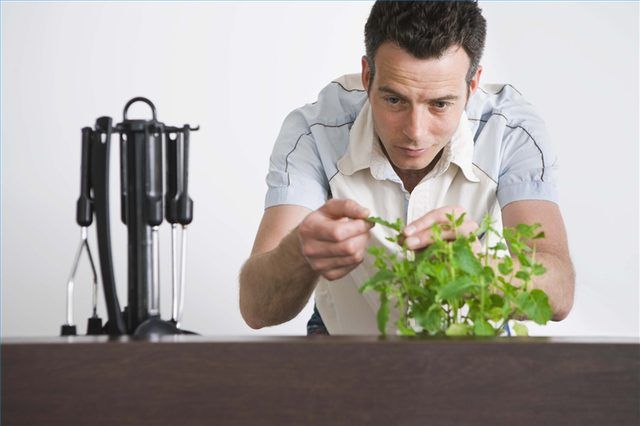Bulbs
Flower Basics
Flower Beds & Specialty Gardens
Flower Garden
Garden Furniture
Garden Gnomes
Garden Seeds
Garden Sheds
Garden Statues
Garden Tools & Supplies
Gardening Basics
Green & Organic
Groundcovers & Vines
Growing Annuals
Growing Basil
Growing Beans
Growing Berries
Growing Blueberries
Growing Cactus
Growing Corn
Growing Cotton
Growing Edibles
Growing Flowers
Growing Garlic
Growing Grapes
Growing Grass
Growing Herbs
Growing Jasmine
Growing Mint
Growing Mushrooms
Orchids
Growing Peanuts
Growing Perennials
Growing Plants
Growing Rosemary
Growing Roses
Growing Strawberries
Growing Sunflowers
Growing Thyme
Growing Tomatoes
Growing Tulips
Growing Vegetables
Herb Basics
Herb Garden
Indoor Growing
Landscaping Basics
Landscaping Patios
Landscaping Plants
Landscaping Shrubs
Landscaping Trees
Landscaping Walks & Pathways
Lawn Basics
Lawn Maintenance
Lawn Mowers
Lawn Ornaments
Lawn Planting
Lawn Tools
Outdoor Growing
Overall Landscape Planning
Pests, Weeds & Problems
Plant Basics
Rock Garden
Rose Garden
Shrubs
Soil
Specialty Gardens
Trees
Vegetable Garden
Yard Maintenance
How to Maximize Mint Growing Conditions
How to Maximize Mint Growing Conditions. Mint can be one of the easiest herbs to grow. However, even though mint is prone to spread quickly and thrive, it's a plant that can also get weedy and unattractive. Creating the ideal growing conditions for your mint will ensure that it looks its best.

Mint can be one of the easiest herbs to grow. However, even though mint is prone to spread quickly and thrive, it's a plant that can also get weedy and unattractive. Creating the ideal growing conditions for your mint will ensure that it looks its best.
Things You'll Need
Soil test kit
Compost
Compost tea
Check the light. Though mint can grow in almost any light condition, it will be healthiest in full sun to partial shade.
Test your soil. Mint grows best in a soil of with a pH of 6.5. You can obtain a self-test kit at your local garden center. Follow the simple directions on the package to test your soil and get results quickly.
Adjust your soil pH if necessary. To increase the pH, which decreases the acidity of the soil, add pulverized lime or wood ashes. To decrease the pH, use products containing aluminum sulfate or sulfur. These products can be found at a garden center.
Ensure your garden soil is rich in organic matter. Spade compost into the mint bed, and top dress with compost or use compost tea on a regular basis. Mint prefers rich, well-drained soil.
Water regularly. Though mint is drought-tolerant, it is a good idea to water it regularly to ensure healthy growth of your mint.
Harvest your mint garden on a regular basis. The more you cut your mint, the thicker it will become. A regular harvest will encourage the mint to grow bushier and decrease its tendency towards weediness.